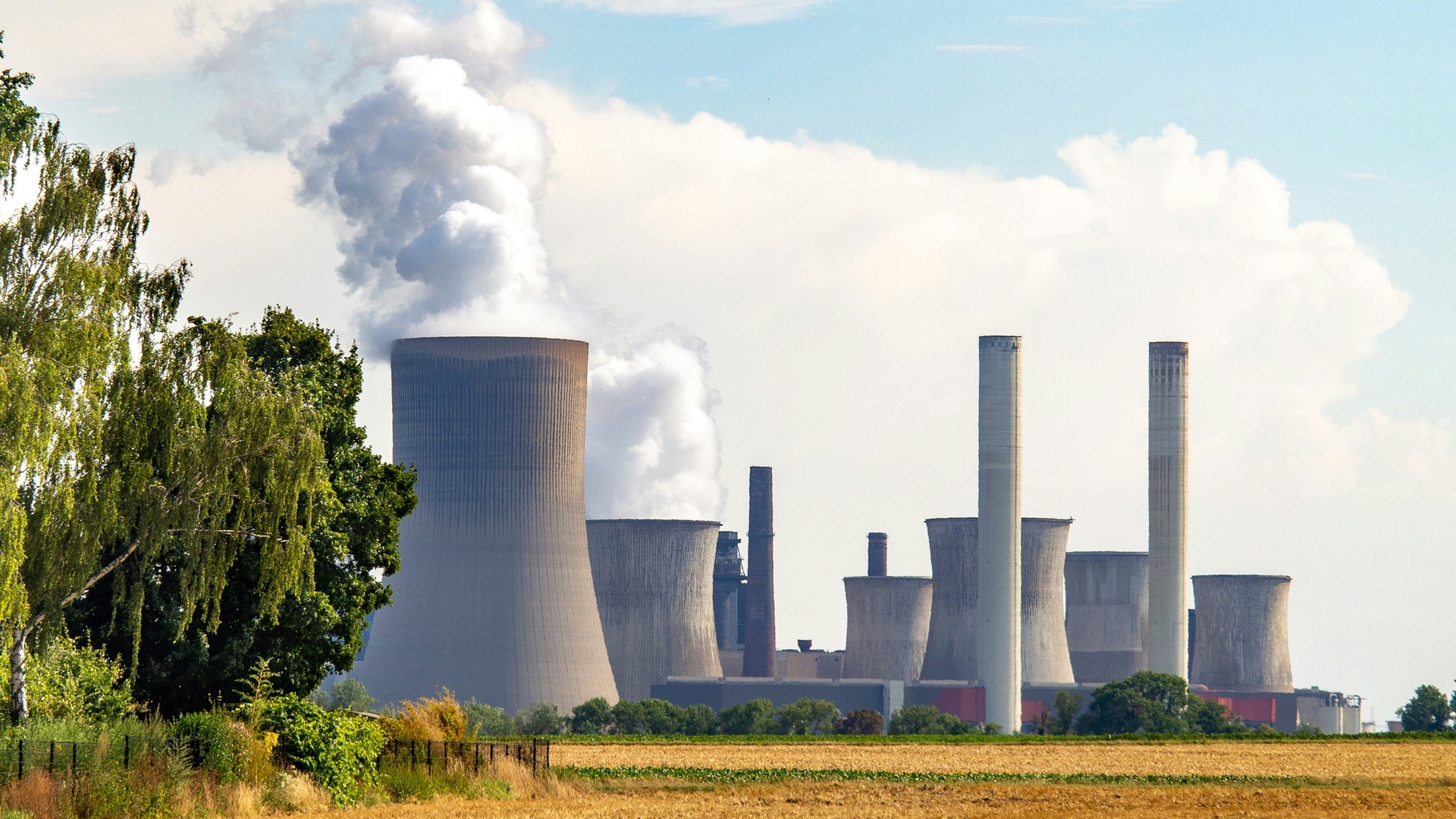

Zirconium primarily occurs naturally in the mineral zircon (ZrSiO₄), often alongside hafnium. The world’s leading zircon reserves are located in Australia, accounting for roughly 75% of global deposits. Other significant sources include South Africa, Senegal, and some parts of Asia. However, production of metallic zirconium is restricted to only a handful of countries: France, the United States, Russia, China, and India. With an annual global output of approximately 6,000 to 8,600 tons of metallic zirconium, the element is relatively scarce. More than 80% of this production is consumed by the nuclear industry, where zirconium's low neutron absorption cross-section and excellent corrosion resistance make it indispensable.
Zirconium has a high melting point of 1,855°C and forms a hexagonal close-packed (hcp) structure at room temperature. Exceptional corrosion resistance in both acidic and alkaline environments makes zirconium suitable for high-performance chemical equipment. Furthermore, zirconia (ZrO₂), a compound derived from zirconium, is widely used in ceramics, catalysts, sensors, and biomedical implants. In nuclear reactors, zirconium’s supreme compatibility with uranium and low interaction with thermal neutrons has made it the material of choice for fuel cladding, internal reactor structures, and reprocessing equipment.
The conversion of zircon minerals to metallic zirconium involves several complex steps, generally divided into zircon decomposition and hafnium separation. The primary minerals used are zircon sand and baddeleyite undergo various thermal and chemical processes, including caustic fusion, carbothermic reduction, and chlorination, to obtain zirconium dioxide or zirconium tetrachloride.
Separation of hafnium, which behaves similarly to zirconium, is crucial for nuclear-grade Zr production. Common separation techniques include solvent extraction methods such as the methyl isobutyl ketone (MIBK) process, fractional crystallization, and chloride distillation. The MIBK method selectively extracts hafnium from a hydrochloric acid solution using thiocyanic acid as a complexing agent, while vapour-phase distillation exploits differences in chloride vapor pressures.
The dominant industrial process for producing metallic zirconium is the Kroll method, a high-temperature reduction of ZrCl₄ using molten magnesium in an inert atmosphere. The sequence involves purification of ZrCl₄ through sublimation, reduction with magnesium, and removal of magnesium chloride by vacuum distillation. The sponge zirconium obtained may be purified further using the costly and slow iodide process to achieve reactor-grade purity.
Although effective, the Kroll process is energy-intensive and batch-operated, which leads to high costs and limited throughput. Consequently, new methods are being explored to simplify and improve zirconium production.
Emerging smelting technologies such as calcium thermal reduction and molten salt electrolysis offer significant potential. Calcium, which does not form intermetallic compounds with zirconium, has been shown to successfully reduce ZrO₂ to metal with minimal contamination. Similarly, molten salt electrolysis involving electrolytic reduction in NaCl, KCl, or LiF-based systems allows for continuous, high-purity production of zirconium.
Although still largely at the research and development stage, these methods are gaining attention for their potential industrial scalability and environmental benefits compared to the Kroll method.
Given the limited production and rising demand, recycling zirconium from scrap is critical. Roughly 42.5 tons of zirconium scrap, especially from nuclear fuel assembly manufacturing and secondary machining processes, is generated annually from various industry sectors. This includes uncontaminated single-alloy scrap in forms such as tubing, turnings, and end plugs, which can be recycled relatively easily through cleaning and remelting. However, recycling becomes more complex when dealing with dissimilar alloys that contain other metals or impurities. These require separate treatment processes to ensure quality and uniformity.
A major hurdle in zirconium recycling is posed by radioactive waste. Zircaloy, a zirconium alloy used extensively in spent nuclear fuel rods, is typically treated as low-level radioactive waste and stored long-term. Recycling of such materials is currently restricted due to regulatory and health-safety concerns. However, with increasing focus on circular economies and nuclear decommissioning, efficient and safe recycling of radioactive Zr alloys is an area of active research.
Several innovative methods are currently being developed to recover metallic zirconium from radiologically contaminated scrap. One such method is molten salt electrorefining, which selectively deposits pure zirconium at the cathode while effectively removing fission products like cobalt and tin. This approach not only demonstrates high decontamination efficiencies but also has the potential to be environmentally sustainable due to the recyclability of the salt used in the process. Another technique is volatile chlorination, where zirconium is converted into ZrCl₄ vapor, which can then be separated from other chlorides. Although this method is effective, it is chemically complex and necessitates additional steps for post-reduction. Additionally, melting techniques such as vacuum arc remelting (VAR) are employed to consolidate cleaned zirconium chips into ingots. However, the high melting temperature of zirconium and its close melting point to other alloying elements present challenges in achieving successful separation.
When evaluating these technologies, molten salt electrorefining stands out as a highly promising candidate for future implementation. It offers a remarkable volume reduction rate, an exceptional decontamination factor exceeding 10⁶, and generates significantly less secondary waste, making it an attractive option for the recovery of zirconium.
Korean researchers have explored various recycling methods for off-grade Zr scrap. Park et al. demonstrated recyclable recovery through molten fluoride salt electrorefining with LiF-KF and ZrF₄ additions. Similarly, Japanese scientists recovered metal Zr by electrorefining in LiCl-KCl baths, free from radioactive isotopes. Other studies have explored mechanical alloying of zircaloy with Ti powder to form recyclable Zr-Ti alloys, and chloride-based separation techniques conducted under inert atmospheres.
Zirconium remains a strategic metal vital to nuclear energy and advanced material industries. Yet its limited availability, complex smelting process, and increasing demand, especially with the expansion of nuclear energy, underscore the urgent need for alternative refining and recycling methods. While the Kroll process currently dominates zirconium production, promising new smelting technologies such as calcium thermal reduction and molten salt electrolysis are poised to revolutionize the industry. At the same time, recycling innovations, particularly for radioactive zircalloy waste, offer environmentally sustainable pathways for material recovery and volume reduction of nuclear waste. Continuous investment into research and the commercialization of these next-generation methods will be essential for securing zirconium’s sustainable supply and usability in decades to come.